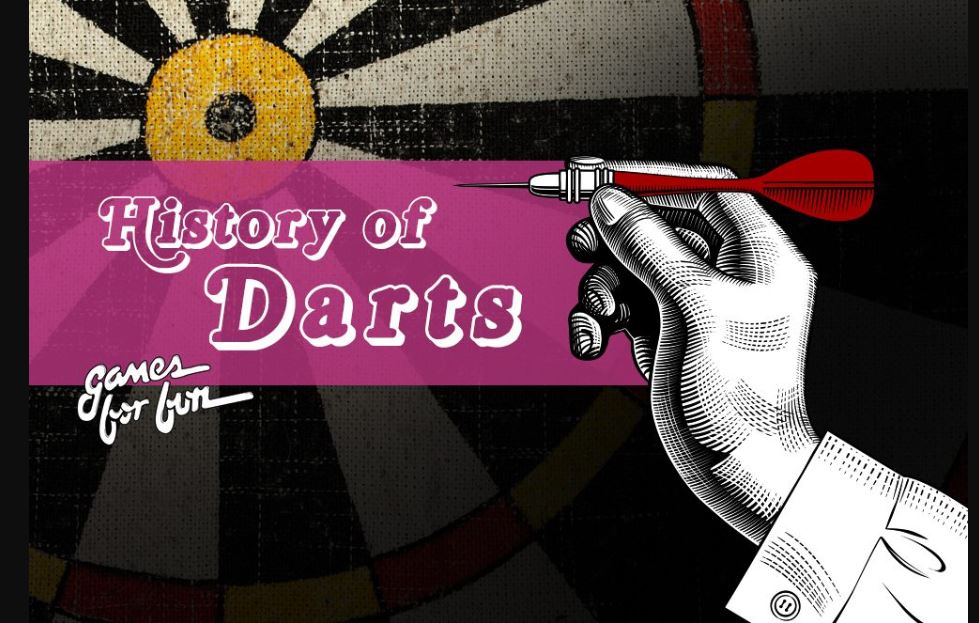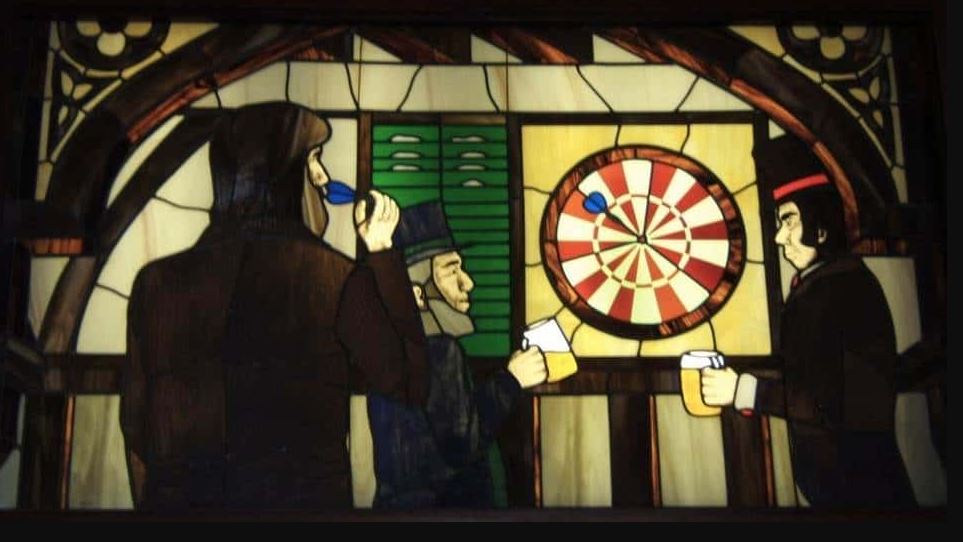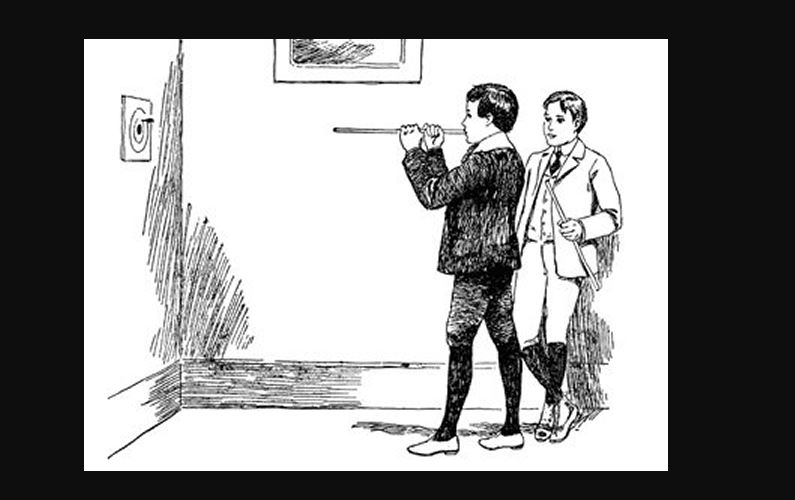
There are numerous tales about the evolution of dart betting. In England during the 19th and 20th centuries, darts became a very well-liked indoor game.
How long ago were darts inverted? Darts have been played for more than 700 years. The creation date of the darts game is frequently mentioned. According to one version, in the 1300s, during the medieval age in England, darts were invented as a pastime. The other claims that darts were first employed for England soldiers’ amusement during the Middle Ages when they were more like javelins.

Evolution of Dart Betting-Early Start
The majority of darts historians concur that throughout time, hunting or war-related weaponry was modified into darts. In other words, the javelin, together with a variety of arrows and crossbow bolts, was the ancestor of the modern dart we use today. The modern dartboard and archery targets are frequently compared.
The oldest darts, which were primarily created in France, were constructed from solid wood and finished with split turkey feathers after a small amount of lead was added for weight. While wooden shafts were still a common choice up until the 1970s, when plastic supplanted both wood and metal, metal barrels of brass were patented in 1906.
It is thought that both the concentric rings of the modern dartboard and the archery target were likely inspired by much earlier targets, which would have been cut from a tree trunk.
Before World War I, dartboards in the UK were commonly constructed from solid slabs of elm, but the wood required regular soaking to keep it pliable because otherwise, the darts would pock the surface and create holes in the board. Ted Leggatt, a chemist, and Frank Dabbs, a pub proprietor, collaborated in 1935 to develop a solution. Landing darts produce almost no damage when sisal fiber bundles from the century plant, a kind of agave, are compacted into a disk and fastened by a metal ring. This is because the bundles of sisal are simply parted rather being split like wood. Solid wood dartboards were replaced with sisal dartboards, which are still widely used today.
Origins of the darts point system

The standard numbered point system was created in 1896 by Lancashire, northwest England, carpenter Brian Gamlin as a means of penalizing inaccuracy. Since then, many configurations have been incorporated into the game, frequently depending on the location where darts are played. For instance, the Yorkshire and Manchester Log End boards only include the bullseye and doubles. The London Fives board, in contrast to the normal board, has just 12 equal segments, with the doubles and trebles being a quarter of an inch broad. There have been a few math papers published that discuss the logic underlying what is thought to be the ideal dartboard, which may be of interest to darts betting fans.
Darts in the early 20th century
After the First World War, when the first competitive brewery leagues were established, the game of darts experienced a surge in popularity. The National Darts Association (NDA) was founded to regulate the game in 1924 after English players realized the necessity for a systematic set of regulations. In London, the first-ever “News of the World Individual Darts Championship” was held in 1927, bringing 1,010 competitors from the surrounding metropolitan region. Darts had undoubtedly established themselves as one of the most well-liked pastimes in England at the time when, by the 1938/39 season, the competition had more than 280,000 participants.
While tournaments were suspended during the Second World War, a group of renowned English darts champions kept the sport alive by agreeing to compete against any member of the public in exchange for a fee. By the end of the war, they had improved both the game’s reputation and people’s spirits at home and abroad, raising $280,000 (the equivalent of $202,681 today) for the Red Cross Society in the process.
Following the war, the sport remained a well-liked pastime for individuals, and News of the World contests kept the NDA’s (now-defunct) original rules alive until the 1970s, when the British Darts Organisation (BDO) was founded.
Darts later in the 20th century
The World Darts Federation (WDF) was established in 1976 by delegates from 14 different countries to boost the sport’s appeal globally. Three years later, it was estimated that two million Brits played competitively at least three times a week, while an additional two million played regularly for recreation. The WDF currently has 60 countries as members (the BDO is also a member), up from 49 countries when it first started.
The Professional Darts Corporation (PDC) was founded in 1992 by a group of professional players who left the BDO in quest of greater financial reward and publicity.
Now, over the holidays and the New Year, both organizations host televised world professional finals, which produce some of the most eagerly anticipated sports betting odds in the world.
The BDO entered liquidation in September 2020. The WDF relegated the organization to associate member status as a result of irregularities at the 2019 World Masters, which led to later financial difficulties.
The BDO oversees county, team, and individual competitions in the UK in addition to hosting the World Masters and a number of Open competitions. The World Championship, Premier League, UK Open, World Matchplay, World Grand Prix, and Grand Slam of Darts are all managed by the PDC.
Darting into the Future
With competitors from all over the world since the late 1970s, darts has truly become a worldwide phenomenon. PDC World Champions have come from Canada and the Netherlands, and throwers from Australia, Belgium, Germany, and Asia have all made significant contributions to the sport.
The PDC Tour travels to Australia and New Zealand every year, and tournaments have also expanded to include mainland Europe and Asia. The Premier League, the Grand Prix, the Players Championship, and many other top-tier events have now joined that World Championship.
Leave a Reply